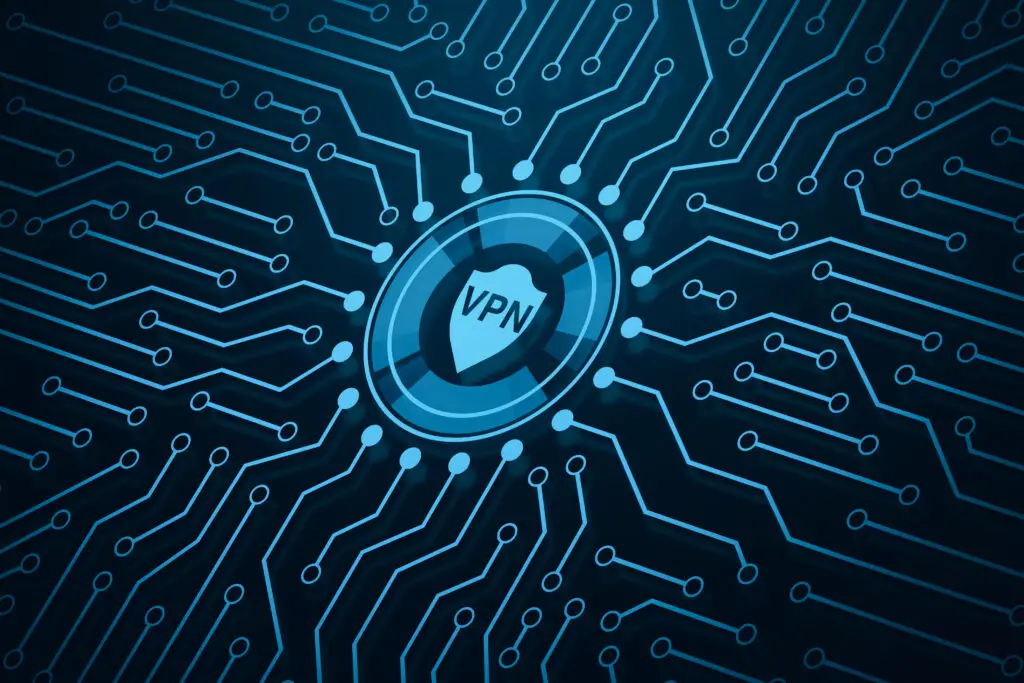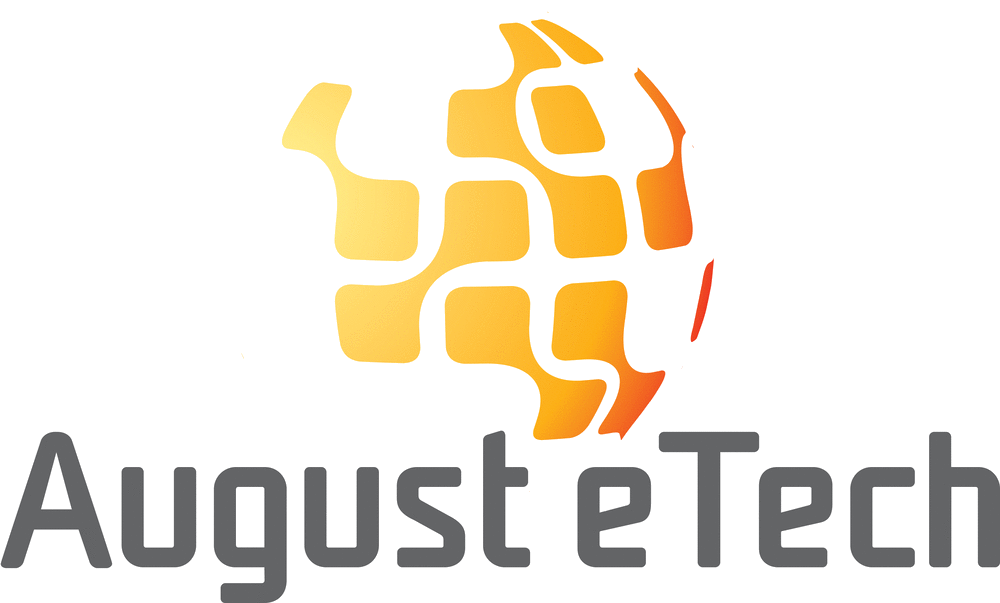
Introduction: In this case study, we explore the challenges faced by a large-sized healthcare company that experienced rapid expansion while maintaining an all-remote workforce. The client required efficient management of their remote staff’s company equipment, ensuring seamless operations as if they were working on-site in a traditional office setting.
Client’s Requirement: The client sought a comprehensive solution to manage their remote employees’ devices, which included Windows, macOS, and iOS systems. They wanted to establish a robust infrastructure that would enable them to enforce security policies, streamline maintenance tasks, and provide timely support for all devices.
Solution Implemented: To address the client’s needs, our team proposed the implementation of Endpoint Device Management software. After obtaining the client’s approval, we leveraged a combination of InTune, JamF, and Google device management platforms. These tools provided the necessary capabilities to manage and monitor the remote employees’ devices effectively.
Establishing Logistics Process Plan: To ensure a smooth and efficient device management process, we devised a logistics process plan. This plan encompassed three main aspects:a. New Hires: Whenever a new employee joined the organization, our team swiftly integrated their device into the management system. This included setting up the required security policies, configuring necessary software, and providing access to essential tools and resources.b. Change Orders: In cases where employees required device upgrades or changes, our logistics process plan facilitated a streamlined approach. We efficiently managed device replacements or upgrades while ensuring minimal disruption to the employees’ workflow.c. Termination Mitigation: When an employee left the organization, it was crucial to mitigate potential security risks associated with their device. Our logistics process plan included a protocol to promptly terminate access and wipe sensitive data from the departing employee’s device, safeguarding the company’s information.
Device Management Capabilities: By implementing InTune, JamF, and Google device management solutions, the healthcare company gained several critical capabilities:a. Security Policies: The client was able to enforce consistent security policies across all managed devices. This included password complexity requirements, encryption settings, and remote data wipe capabilities, ensuring data protection.b. Procedures and Maintenance: Our solution enabled centralized management, allowing the client to efficiently deploy software updates, patches, and system configurations remotely. This ensured that all devices remained up to date, minimizing vulnerabilities.c. Support and Troubleshooting: Through the device management platforms, our team could provide timely support and troubleshoot issues remotely. This reduced downtime and improved employee productivity by quickly resolving technical problems.
Results and Benefits: The implementation of Endpoint Device Management software, combined with the logistics process plan, yielded significant benefits for the healthcare company:a. Enhanced Security: The client achieved consistent and robust security measures across all remote employee devices, protecting sensitive data from unauthorized access.b. Efficient Device Lifecycle Management: The logistics process plan enabled quick onboarding of new employees, seamless device changes, and secure termination procedures, resulting in enhanced operational efficiency.c. Centralized Control and Maintenance: The client could remotely manage and maintain all devices from a centralized interface, reducing the need for on-site IT support and minimizing operational costs.d. Improved Employee Productivity: The streamlined support and troubleshooting capabilities provided through device management solutions minimized device-related disruptions, enabling employees to focus on their core responsibilities.
Conclusion: By implementing Endpoint Device Management software and establishing an efficient logistics process plan, the healthcare company successfully managed their remote employees’ devices with the same level of control and security as an on-site workforce. This case study exemplifies the benefits of leveraging modern technology solutions to support a rapidly expanding organization with a remote workforce in the healthcare sector.
